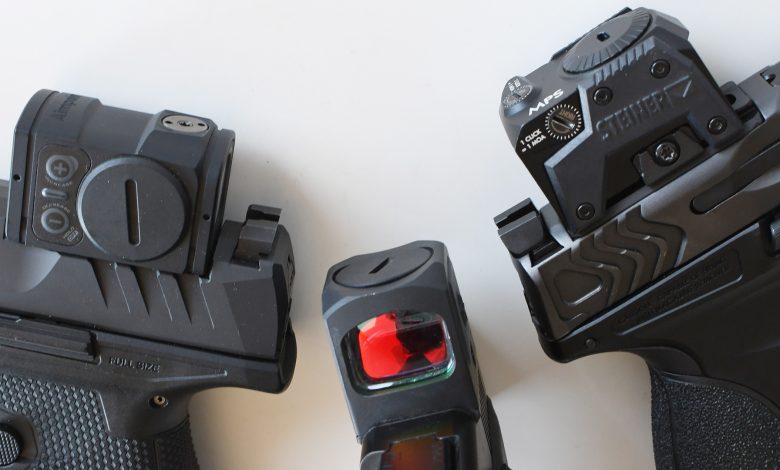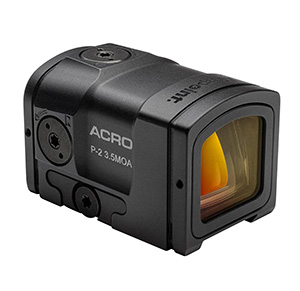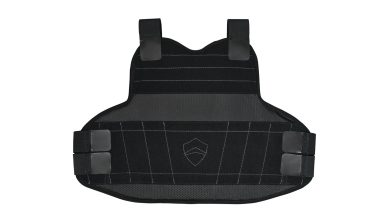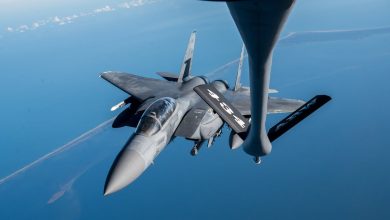Why Choose An Enclosed Emitter Red Dot Sight?

Red-dot optics are useful electronic aiming accessories that facilitate shooting regardless of the type of firearm on which they are mounted. One of the biggest trends in handguns over the last few years has been mounting and installing smaller red-dot sights, either directly or via a plate, onto the reciprocating slide of a pistol. What first started as a clever cross-adaptation has now evolved into its own full-time niche in the industry, with optics companies deliberately designing red dots that play well with pistol slides. These days, using these electronic sights is far from a fad: Slide mounted red-dot sights are now normal, even in hard-use duty firearms. Even the conservative shooting academy at Gunsite has a signature Glock G45 pistol with a mounted red dot sight. Following this trend, the new wave of hard-use service pistols must be able to function properly in any environment, which means that dedicated red-dot sights used with these guns must also follow suit and be as durable and resistant as the duty-guns themselves.
Trijicon RCR
Emitters, Lenses and Housings
All red-dot sights work from a very simple principle: They make use of a battery-powered electronic emitter that projects focused-LED light only at a specially coated lens. These optical coatings allow all other light to pass through but reflect the emitted beam back to the shooter’s eye. This is why often times these windows will appear to have a bluish tint: that’s the surface coating. Most red-dot sights have an open, L-shaped design with the long part of the “L” on the bottom and the short part facing the muzzle where the window sits. The battery and electronics array sits over the base of the sight. This arrangement works well enough that over 80 percent of micro-red dot sights are built this way, but the downside is that they leave the emitter exposed to the elements. Dust, dirt, lint, water, mud, snow or any other debris has the potential to accumulate inside these open areas and block the LED and/or the sight’s lens from being properly reflected. This obviously renders the sight useless. The solution is to place a “cage” over the entire assembly to close it off and keep it sealed from the outside world, creating an enclosed emitter red dot sight.

Aimpoint Acro P2
Trade-Offs With An Enclosed-Emitter Red-Dot Sight
The lion’s share of enclosed-emitter red dot sights fully envelope and protect the optics while also being compact to take up less space in a concealment or duty holster. Due to these “exoskeleton” designs, the trade-off for shooters is having to contend with a smaller viewing window to see the dot. In addition to smaller windows, most enclosed-emitter red-dot sights use different mounting footprints compared to standard open red-dot sights. This is because most enclosed emitter models do not use parallel screws that fasten the unit to the slide from the top down, rather they use a side-clamping screw which is why the Aimpoint ACRO, Steiner MPS or Holosun HE 509T footprints look nothing like the footprint for the Leupold DeltaPoint Pro or the Trijicon RMR. The two biggest exceptions to this rule are the newer enclosed-emitter Trijicon RCR and the Holosun EPS/ EPS Carry family. The RCR was creatively adapted to use the existing RMR pattern while the EPS series uses the Holosun-K footprint (an offshoot of the Shield RMSc footprint, which is the go-to amongst slim profile micro carry pistols).
Who Is Best Served By An Enclosed-Emitter Red-Dot Sight?
If your use case centers around carrying a defensive pistol in austere environments, like fields, ranches, farms or the backcountry, choosing an enclosed emitter set-up might make some sense. This is especially true if the pistol is to be carried inside an “open” OWB duty-style belt holster, where the gun might be subject to the elements and environmental factors, Likewise, units such as the Aimpoint ACRO, Trijicon RCR or the Holosun EPS Carry are compact and could easily disappear under a cover garment without printing on fabric, so there’s something to be said about the practicality they might offer the dedicated everyday defensive carrier.
Read the full article here







